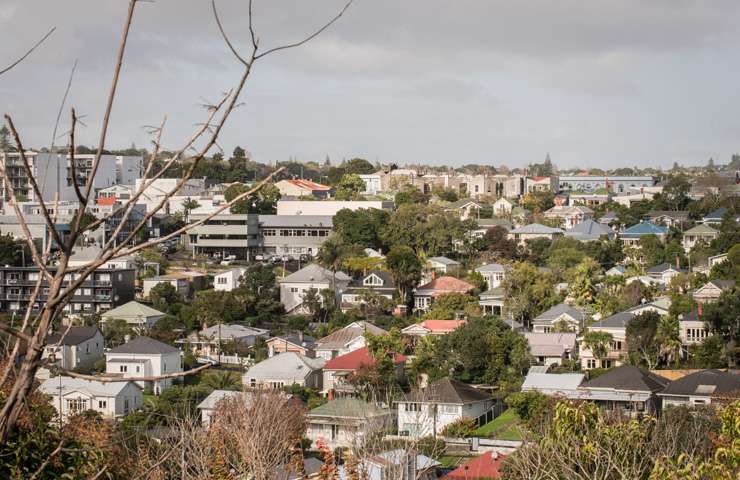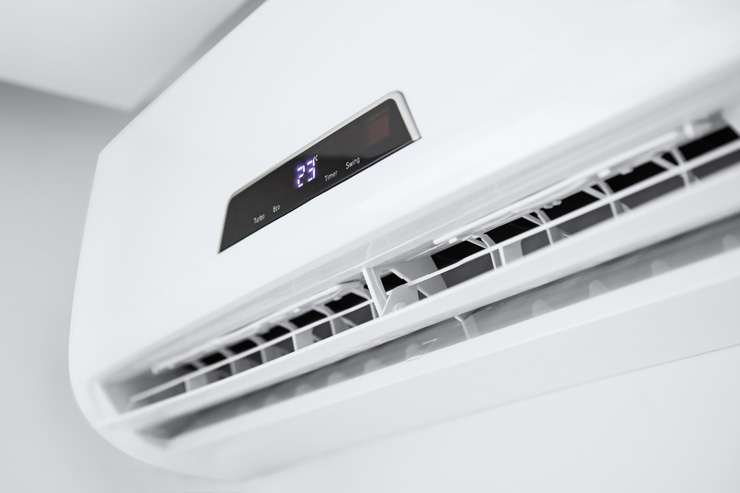New Zealanders are frequently told that much of the country’s housing stock isn’t fit to withstand the winter chills and summer heatwaves, but how easy is it to transform a draughty property into a warm, dry, desirable home?
Around 700,000 of New Zealand’s 1.9m residential properties have no insulation in their outside walls, which makes for a very cold home during the winter months.
However, the cost of creating a passive home using the highest quality sustainable products could add as much as $100,000 to a renovation bill.
Here’s a breakdown of some of the costs involved:
Start your property search
● Insulation. Ceiling and underfloor insulation for a whole home starts from about $2500 to $4500, according to Refresh Renovations. Wall insulation installed by drilling through the exterior cladding starts at around $5000, but the house will need to be painted fully to cover up the remedial work. Removing wall linings is often preferable for retrofitted insulation. But this costs considerably more and requires complete internal redecoration.
● Heat pumps and central heating. Heat pumps start around $2000 to $2500 installed. High-end homes will often have two, says Harcourts sales manager Jason Yianakis. Increasingly ducted whole house central heating is popular. Yianakis has recently installed a system in his own 220sqm home for $12,000.
● Ventilation. Systems such as DVS, Unovent, SmartVent, HRV, and others remove stale damp air from the home and replace it with dry air, making the home healthier. A system such as Unovent starts at $1099 including installation, but many are over $2000.
● Double glazing. One effective but expensive renovation is to replace old single glazed windows with double or even triple glazed ones where two panes of glass are separated by gas or still air. They keep houses much warmer, providing the window frames themselves don’t leak cold air from the outside. According to Super Renovations, it costs around $35,000 to double glaze a 100sqm home in Auckland. Top of the range double glazed wooden sash windows for period homes can cost considerably more.
● LED lighting. Like everything there are premium options and bargain basement. Most households won’t get change out of $1000 if they’re upgrading from halogen to LED fittings. They will save around $220 per year in electricity costs according to the Sustainability Trust.
● Solar energy. The price of a quality solar system for a home depends on your existing power bill, says Rhys Coffin, solar designer at SolarKing. If that’s $150 a month a simple system without batteries will cost $9000 to $11,000 installed, with a 40%-50% reduction in the energy component of your power bill. For a $250 power bill the system with batteries would be around $25,000, and for a $350 power bill, around $35,000 all up. “With batteries the savings could be as much as 80% or even more on the energy component power bill,” says Coffin.
Other eco-friendly home improvements include underfloor heating, thermostats, better curtains, modern fireplaces, wetback water heating, improved drainage, heat transfer systems, ground dry barriers, and more.

Much of New Zealand’s housing stock is poorly insulated and not up to scratch. Photo / Ted Baghurst
Anyone interested in checking out options for greening up their home can visit their local Home Ideas Centre in Auckland, Wellington or Christchurch, which showcase a variety of different heating, ventilation, lighting and other sustainable products.
Former builder turned real estate agent Tom McCartney, of Ray White, says the first thing he would do if he bought an old draughty villa to live in would be to put in a home ventilation system such as DVS, HRV or another brand.
He’d then draught-stop all the windows and doors to stop heat leaking from windows. “With older villas I’d be making sure that the timber windows were nice and tight,” he says.
“I'd want to make sure it was insulated as well. As much as possible in the ceiling and under the floor, and get one or two heat pumps.” Retrofitting insulation into the walls is expensive, says McCartney, and he’d need to look at the return on investment before doing that job.
Underfloor heating is popular with owners of some higher-end homes, but McCartney isn’t a fan. “I’ve never really been a huge fan, especially as a lot of those older homes are timber floorboards and it probably wouldn’t work that well. It’s better (under) tiled areas or concrete floors.”

Heat pumps are a popular solution in many households. Photo / Getty Images
Homeowners need to be aware that some warm up work requires council consents, which can add to the cost. Consents are needed for adding insulation to external walls, which increases cost. Sometimes consent is needed for installing solid fuel heaters or fireplaces.
Financing sustainable improvements is becoming easier. Some banks have cheap loan products for the work. Westpac’s Warm Up loan scheme, for example, offers interest-free loans to customers for improvements that make their homes warmer, healthier and more energy efficient.
The Westpac scheme was expanded at the end of July to allow customers to borrow up to $40,000 interest-free for clean heating, insulation, ventilation, or the purchase of EV charging equipment and solar batteries. To qualify, customers must already have, or take out a Westpac Choices Home Loan.
ANZ also offers a Good Energy Home Loan top up of up to $80,000 at 1% interest for energy efficient upgrades.
The Warmer Kiwi Homes scheme helps lower earners insulate and/or heat their homes. Failing that most providers can point homeowners to lenders offering relevant loans.














































































